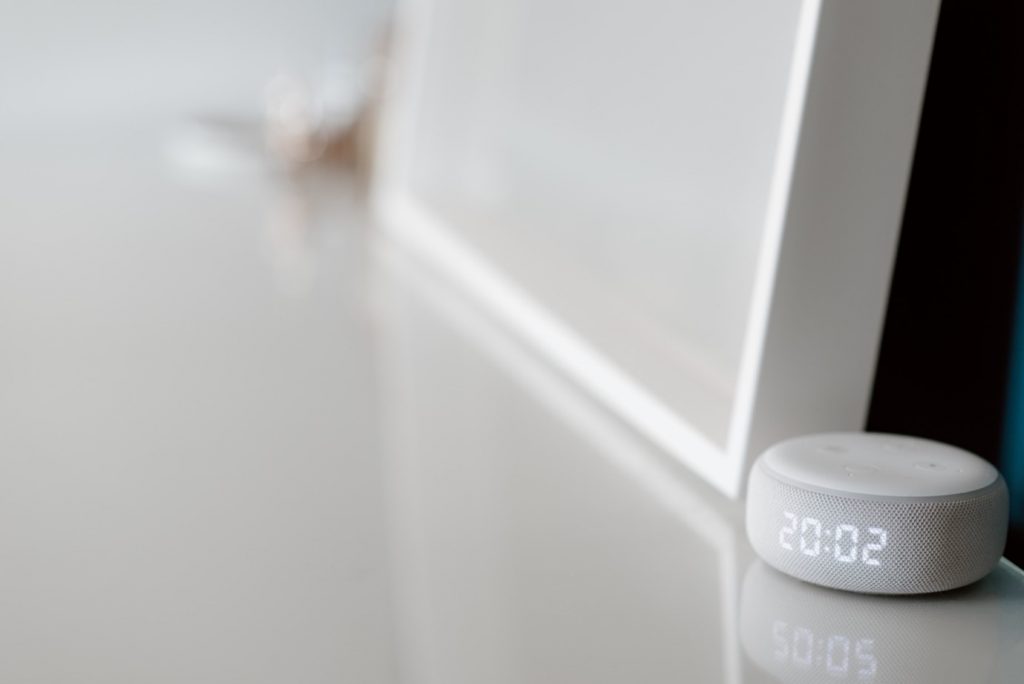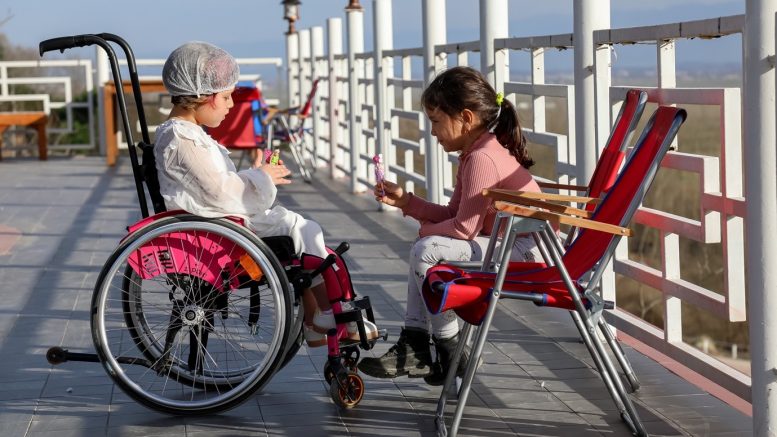If your child is diagnosed with cerebral palsy, it can be a distressing and confusing time for parents. Read on to find out how artificial intelligence (AI) developments are helping children with cerebral palsy…
Cerebral palsy (CP) is a lifelong condition that is caused by an injury at birth that can occur through medical negligence and failure to provide appropriate care. Seeking cerebral palsy compensation can go some way to funding any rehabilitation and ongoing medical treatment for the disability. The question is, what medical advances are out there to improve the quality of life for those with CP?
AI is the process of making intelligent machines that are similar to human intelligence, mimicking the problem-solving and decision-making capabilities of the human mind. AI developments include maps and navigation tools, automation tools, facial detection devices and chatbots. For those with a disability, products such as voice recognition devices can be helpful to help individuals communicate.
If your child has been diagnosed with cerebral palsy, there are lots of resources out there which will enable you to support your child best. Artificial intelligence is one area that is developing and helping children with cerebral palsy, but how? Read on to find out more…
1. Supporting Diagnoses
Early detection of CP is important to allow treatment to begin as soon as possible and be as effective as possible. Therefore, developing AI approaches to detect cerebral palsy could improve children’s lives significantly. Recent developments have shown encouraging results for the diagnostic purposes of cerebral palsy.
These systems manage uncertain, incomplete, or inconsistent information and provide some reasoning. They determine a diagnosis based on experience, intuition and picking up patterns with more accuracy.
In addition to this, the combination of AI with imaging technology can make it possible to measure large sets of data from video material. This also makes it easier for medical professionals to share their findings of spontaneous movements associated with CP to others, helping them to diagnose their patients too.
These processes help to speed up the process of diagnosing CP in children.
2. AI Devices for Cerebral Palsy Management
AI applications can benefit children with CP through symptom management devices. For example, mobility devices adapting navigation to various types of terrain, avoiding obstacles and traffic, are ideal for wheelchair users.
What’s more, communication devices can help with understanding the meaning of different languages, and communicating this to others. These AI devices help to give children with cerebral palsy more independence.
3. Improving Therapy
Research has found that AI systems are beginning to support therapy for children with CP. They can assess the movement of the individual to see where they may need further improvement.
On top of this, AI algorithms can be used to make therapy more fun. For example, virtual reality can help to keep children with cerebral palsy engaged with their rehabilitation programme, improving motor function more rapidly.
4. Developing Prognosis and Monitoring
Research has found that AI systems help to refine prognosis, and assist in management selection for children with CP. However, it has been found that there could still be limitations in the amount and quality of information.

Image | Karolina Grabowska from Pexels
5. More Opportunity
Microsoft wants to speed up innovation with a program called “AI for Accessibility”. Its goals include developing more AI in the company for future global independence and inclusion for all. So, there could be some more exciting developments for those with CP.
6. Accessible Apps
There are a number of apps out there that can help with communication for those with CP who may have speech and language problems.
For starters, Ava is an app that allows people with disabilities to take part in group conversations in either English or French (with more limited use for Spanish, Italian, German, and Russian). Everyone engaged in a conversation opens Ava on their phones, then speaks normally as the app listens in. Ava converts spoken words into text in nearly real time, rendering each speaker’s words into a different colour for those needing to read along to follow the chat. This is ideal for anyone with CP who may struggle with motor function in order to text with their friends.
Voiceitt is another app for people with speech impediments, which uses machine learning to pick up a speakers’ unique speech patterns, recognises any mispronunciations, and normalises their speech before creating an output of audio or text. This can be great to allow children with CP to communicate with their parents, siblings, friends and in school.
These smart assistants have been helpful for children with CP to ask questions, improve their independence and get involved with their families.

Image | Meruyert Gonullu from Pexels
Looking for Resources for Children with Cerebral Palsy?
There are lots of exciting development for AI that will help to diagnose and create prognosis for children with CP, as well as giving them more independence. But there is still lots in the works that aren’t available yet.
Nevertheless, there are plenty of other resources out there to support children with cerebral palsy, so they can live a happier and more independent life.
If you have any AI developments you’ve found that have helped your child with CP, let us know in the comments below.
Please be advised that this article is for general informational purposes only and should not be used as a substitute for advice from a trained medical professional. Be sure to consult a medical professional or healthcare provider if you’re seeking medical advice, diagnoses, or treatment. We are not liable for risks or issues associated with using or acting upon the information on this site.





